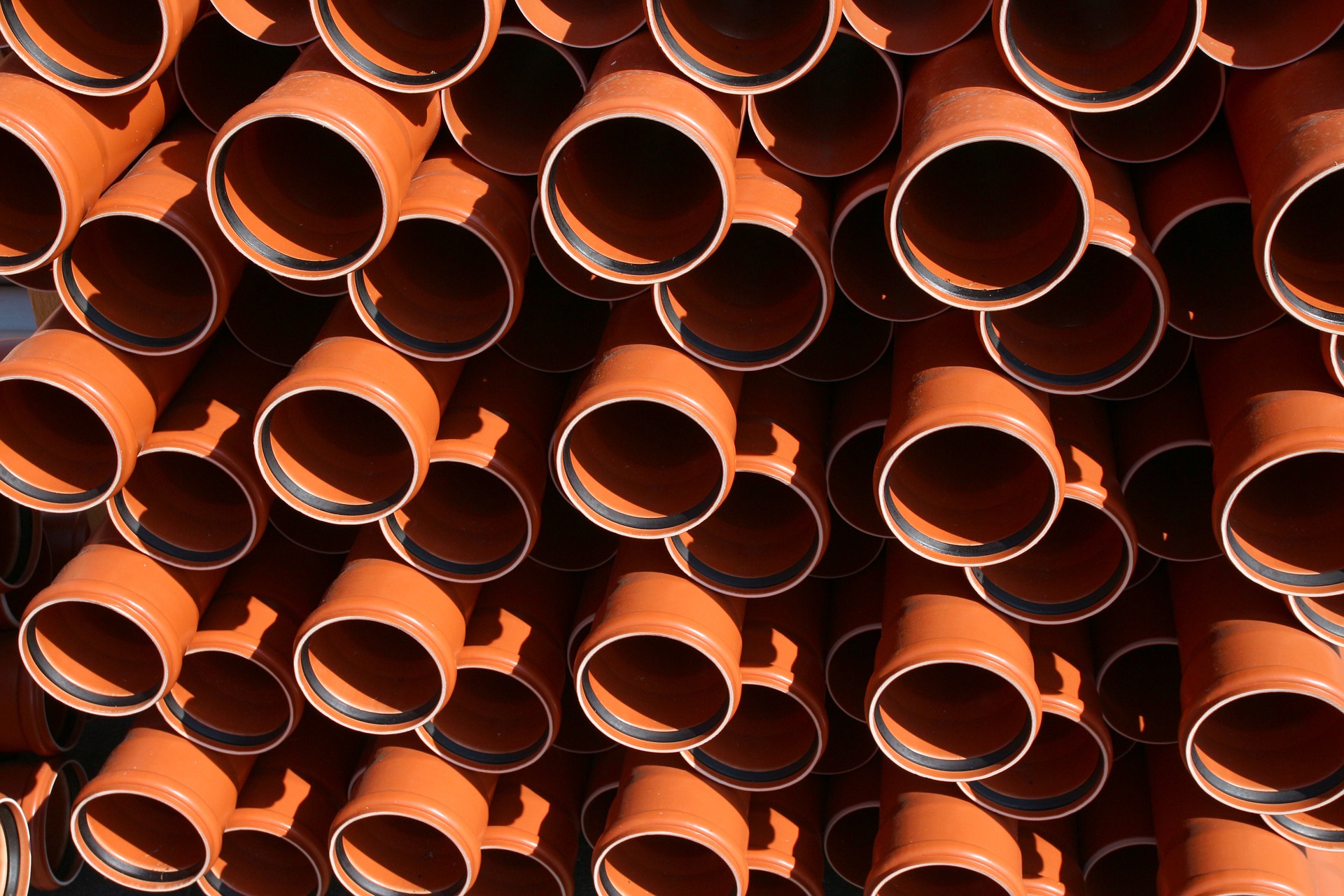What Is CIPP Made Of?

The material used in cured-in-place piping (CIPP) all depends on the type of pipe and the materials that the instillation team is familiar with. There are many variations of the simple design and materials that are used depending on the repair work that your pipe is in need of. A perfect example of this is that the installation team has to take into account what kind of pipe they are repairing. This will determine the material and installation process used. Here are the most commonly used materials found in CIPP.
Heat Hardened Material
Resin is a commonly used heat hardened material found in CIPP. This heat hardened material is placed into the pipe as an extremely thick liquid which covers the entirety of the liner. After the material has completely covered the inside of the pipe, it begins to harden. The resin transforms from a thick liquid to a hard durable material with the help of steam, hot air, or UV light. Using heat hardened material with CIPP results in a strong, stable, and corrosion resistant pipe that joints less, which helps the pipe stand up to tree roots and other similar things.
Woven Pipe Liner
There are two key components needed for CIPP: the pipe liner, and the materials that harden to create the new pipe. Some of these materials include fiberglass cloth and polyester. The main requirement for choosing a material is that it needs to be strong and hard enough to keep the resin in place to ensure that it hardens properly. While the pipe liner may be made out of a variety of materials, polyester is the most commonly used pipe liner. It also happens to be one of the cheapest pipe lining material on the market. Regardless, it has the right amount of stiffness, and is perfect for the hardening resin. With the firhg about of thickness, it is still flexible enough to thread through the pipe and stiff enough to withstand a lot of weight. Fiberglass cloth is another pipe lining material that is more commonly used with larger diameter pipes. Like polyester, it is a strong and sturdy fabric that stays stiff enough to keep all of the wet piping material secure.
Heat hardened material and woven pipe liner are just two CIPP materials that are commonly used in the piping industry. Traditionally, these are the most widely used materials used. However, sometimes other materials are used instead. This is usually due to supply shortage. When it comes to repairing your pipes, quality is important. Next time you need your pipes repaired, check out cured-in-placed piping.